What Is the Best Duct Sealant?
Duct sealant is crucial in ensuring your ducting is free from contaminants, and is as efficient as possible. But with that in mind, is there more than one way to seal a duct? Or is a particular duct sealant better than the rest?
In this blog, we will provide answers to the question ‘What is the best duct sealant?’
With new buildings being made to be as energy efficient as possible, and the UK aiming for 95% of its electricity usage to be low carbon by 2030, it is imperative to understand how we can make the most of our ventilation. This is where applications such as extractor fans and heat recovery ventilation units come in.
To prevent mould, fresh air should constantly be introduced into your dwelling daily, as it helps to regulate temperature and reduce condensation. Introducing fresh air can be as simple as having a ventilation routine, or installing extractors or MVHR units. Almost all of this is facilitated by ducting.
Why does ducting require sealing?
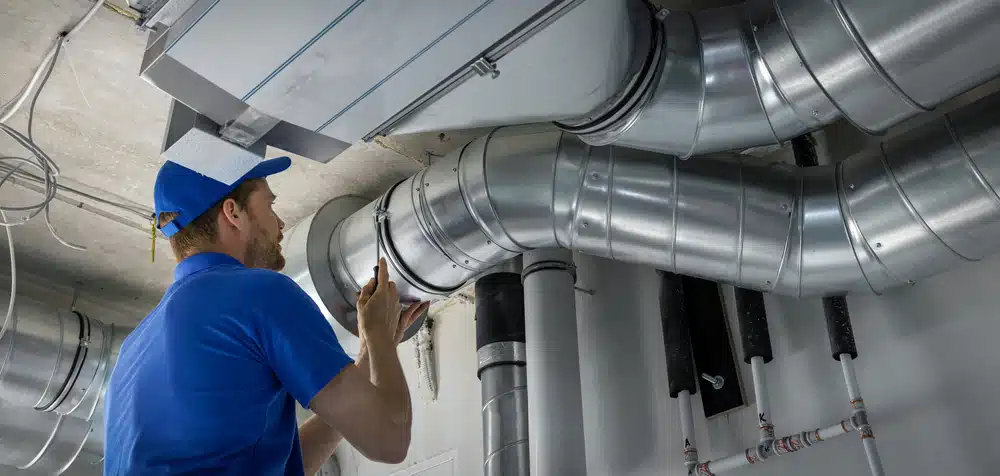
Ducting doesn’t always come as one whole unit. In order to be installed, it can sometimes come in pieces, even flexible ducting needs to be sealed against an external vent and the ventilation it’s facilitating.
There are many reasons why ducting should be firmly sealed, they are…
- To prevent contaminants from entering the ducting.
- Prevent moisture from entering or exiting the ducting before the vent. If this happens, it can contribute to mould growth in and around the ducting.
- To keep the ventilation as efficient as possible. Unsealed ducts allow for air to escape, reducing the effectiveness of the HVAC unit.
- An unsealed duct means that your ventilation will work harder than it actually needs to, especially if it’s affected by the temperature. This can contribute to higher energy bills.
Should my ducting be loose once it’s sealed?
Certain ducting expands and contracts in accordance to the heat it is dealing with. In these instances, the ducting sealant should be able to facilitate this. If your ducting is too loose after sealing, you will know this as you can move it easily.
Before purchasing ducting sealant, be sure to find out if the ducting you use is high or low-movement, by understanding this, you can easily figure out the right ducting sealant for your needs.
Why you should avoid mould
Mould, whether it is on a surface like your walls or windows, or even in and around your ducting, should be removed immediately. Mould is hazardous to health and can vary in intensity depending on existing health conditions, and the length of your exposure.
Mould thrives in humid environments, that’s why it is so important to ensure your home or space is well ventilated. Although, in some instances, mould can occur as a result of a leak. With these structural issues, they have to be addressed as soon as possible to prevent the spread.
Using a mould surface cleaner is an effective method of removing mould. However, please remember that if the cause of the mould has not been addressed, it will still return. Mould is a symptom of a greater issue, whether that be inadequate ventilation or leaks.
What is the best duct sealant?
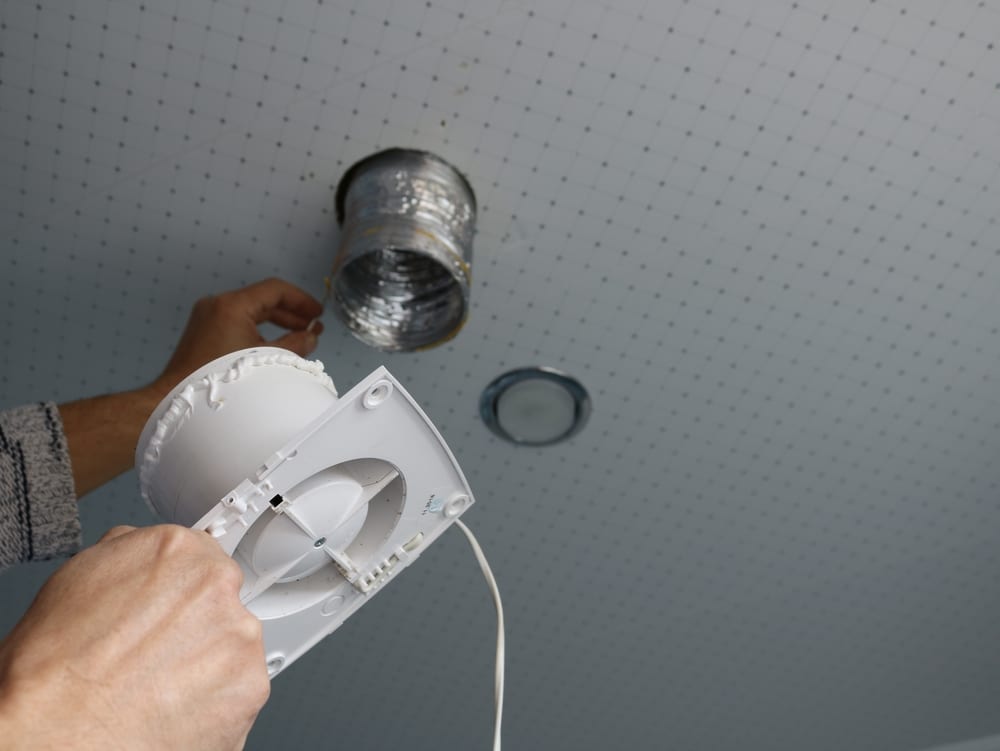
Not all ducting sealant is the same. So finding the best duct sealant is actually specific to your needs. At I-Sells, we currently offer four varieties of ducting sealant, they are:
- Intumescent
- Silicone
- Oil-Based
- Acrylic water-based
Below, we will share a brief breakdown of each of these options, which includes their properties and ideal area of usage.
Intumescent Duct Sealant
Intumescent duct sealant is characterised by the fact that it expands when it is exposed to extreme heat. This expansion actually blocks fire and smoke from spreading through the ductwork. This is vital in limiting the spread of the fire, smoke damage, and smoke inhalation.
This type of ducting is ideal for areas in which fire containment is paramount, this can be used for ducting in places with important equipment such as switchboards or other crucial items. They are also helpful for high-rise buildings and other largely inhabited structures.
Silicone Duct Sealant
Silicone is generally the kind of sealant everyone is familiar with. This is because of its versatility. It offers a good resistance to high temperatures, is flexible and can adhere to many surfaces. It is available in solvent-free, or solvent based.
Silicone duct sealant is helpful for the general sealing of joints in low-movement ductwork. This is usable for both internal and external ducting. Though, it is not the best option for applications that are in high-pressure areas.
Oil-Based Duct Sealant
Oil based duct sealant not only offers a strong level of adhesion, but it also offers an excellent resistance to moisture. As a result, this kind of sealant thrives when used for external ductwork.
It is ideal for sealing joints in external ductwork, or areas with a high level of humidity. Though be warned, aside from its strong odour, it can be extremely flammable during the application process. Be sure to use the correct safety equipment and have access to proper ventilation when installing with this sealant.
Acrylic Water-Based Duct Sealant
This particular sealant is similar to silicone to a degree. It offers a relatively good adhesion and flexibility for low movement joints. Additionally, they are known for being easy to use, and easy to clean up.
Acrylic water-based duct sealant is ideal for most indoor applications, but would get the best use being used for low pressure ductwork connections.
Can I seal a duct without sealant?
Yes, however, there are no options that have the longevity or the effectiveness of sealant. We will list commonly mentioned options and explain their drawbacks.
- Duct tape is a common example of what people would consider to use instead of ducting sealant. Put simply, duct tape is not ideal for this kind of application whatsoever. It is not fire rated, and is not an effective means for long-term sealing.
- Metal foil is another example of an alternative to sealant. However, this option actually fairs a lot better than duct tape. However, metal foil can still degrade over time. Especially if the environment is hot, humid, or oily.
Where can I buy ducting and sealant?
I-Sells is an established and trusted provider of ducting, sealant, ventilation solutions and much more! Simply click this link to see our range of items available. Whether you are buying it for yourself, or you are a HVAC expert, and everything in-between, we cover almost every possibility.
Struggling to figure out which option works best for you? Not to worry! Simply contact us about your enquiry, and we will try our best to help you find a solution that helps you to breathe a little more easily, literally!
Purchase duct sealant today

At I-Sells, all things ventilation and ducting related is our speciality, we are here to answer the questions we know are common for those new to HVAC and what it encompasses.
We at I-Sells endeavour to ensure our customers have all the information they require before investing in our mould solutions. Be sure to visit our blog page to learn about the vast array of factors and issues surrounding ventilation, mould, condensation, and much more.
Within this blog, we hope to have shown you have answered the question, ‘What is the best duct sealant?’, whilst providing you with supplementary information to help you going forward.
We understand you may have more questions, do not hesitate to contact us for more information about whatever you need our help with. If you’d like to email us, click here. For other contact options, see below:
Call us on 020 8463 9696
Visit us at our showroom:
*OPENING TIMES*
Monday – Friday: 8:00 am to 5:30 pm
Saturday: 9:00 am to 12:00 pm
Sunday: Closed
15 St John’s Parade
Sidcup, Kent
DA14 6ES
United Kingdom

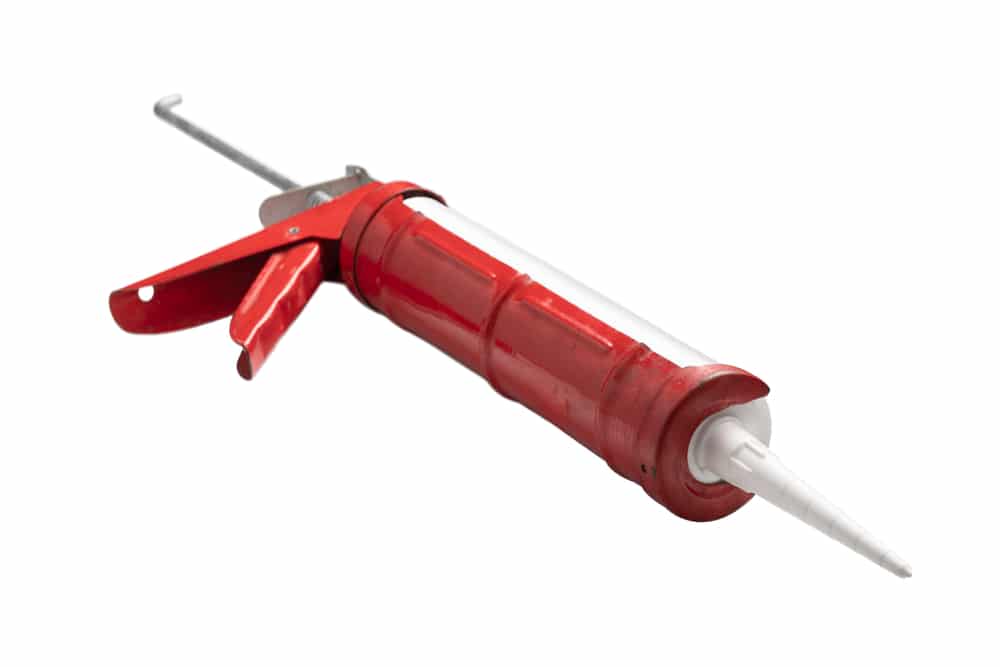


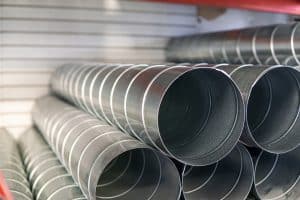
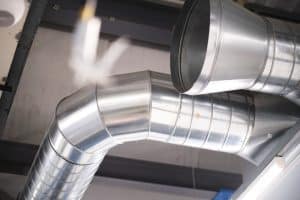























Add comment
You must be logged in to post a comment.